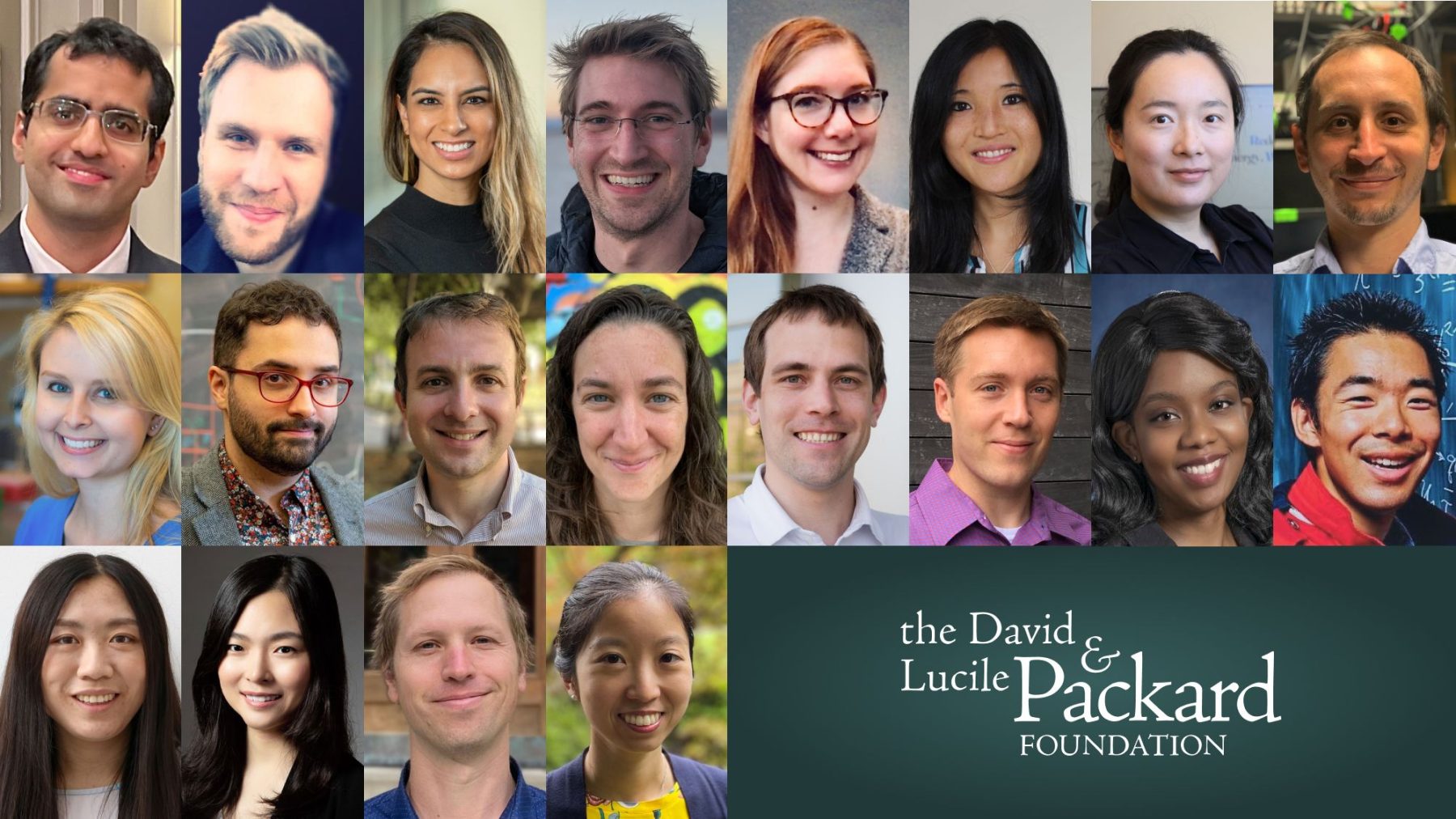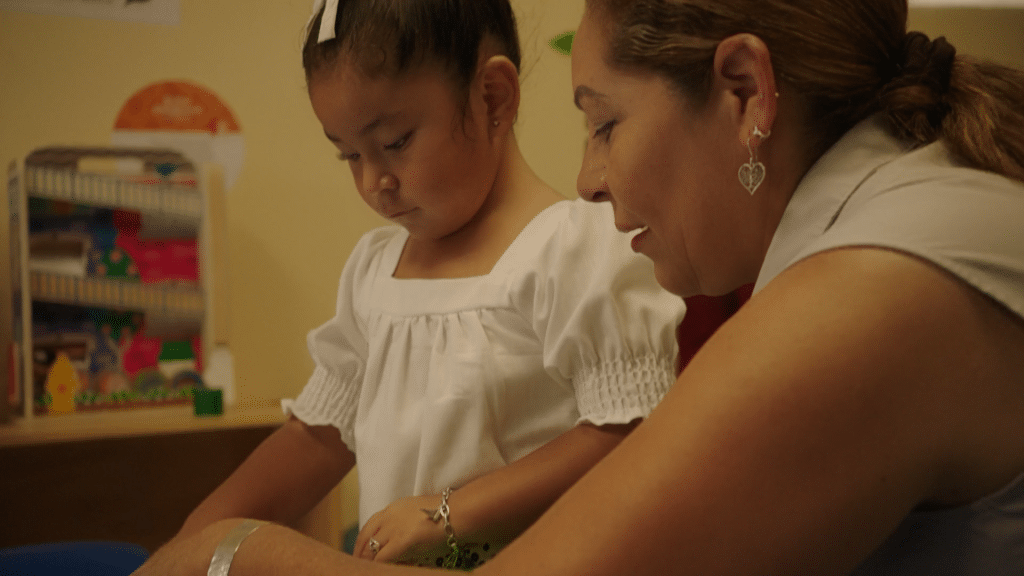So many of the things we rely on today, from the vaccines that keep us safe to the smartphones that keep us connected, exist because a scientist or engineer asked a question that no one had ever asked before. Scientists and engineers are constantly pushing us forward, as their discoveries have the potential to transform who we are and how we address the world’s greatest challenges.
Today we are delighted to announce the 2022 class of Packard Fellows, a group of 20 innovative early-career scientists and engineers who are boldly pursuing new areas of research. They are developing microscopic robots that can deliver medical therapies in precise ways, creating new materials to deliver clean and renewable electricity without creating chemical waste, learning how animals and ecosystems will adapt to a climate changed by humans, and so much more.
Each Packard Fellow will receive $875,000 in unrestricted funds that they can use over five years in any way they choose. This fellowship, which is heading into its 35th year next year, is one of the largest non-governmental fellowships for research and, for many Fellows, is a critical steppingstone in their career.
“Each of the Fellows in this year’s class is exceptional, and we’re excited to support them as they push the boundaries of discovery and innovation in their fields,” said Dr. Richard Alley, Chair of the Packard Fellowships for Science & Engineering Advisory Panel, and 1991 Packard Fellow. “We welcome them to the community of Packard Fellows and look forward to learning from them and helping them advance the frontiers of science and engineering for the good of all of us.”
Being able to ask unanswered questions requires both support and freedom. The Packard Fellowships in Science and Engineering have long recognized that sizeable, unrestricted funding is essential for early career faculty that have the potential to change the world. They are designed to encourage innovative, blue-sky thinking by providing maximum flexibility and support to scientists and engineers early in their careers. This flexibility allows Fellows to pursue trailblazing experimental research into critical issues like COVID-19 and climate change. Fellows have gone on to receive the highest accolades, including Nobel Prizes in Chemistry and Physics, Fields Medals, Alan T. Waterman Awards, Breakthrough Prizes, Kavli Prizes, and elections to the National Academies of Science, Engineering, and Medicine.
“I’m so glad to see that half of this year’s Fellows class are women.”
– Dr. Celeste Nelson
“The Packard Fellowship is so important — it’s one of the nation’s largest non-governmental fellowships and it’s fully unrestricted. That means that the Fellows themselves can tackle whatever barriers they may have in their lives and labs to better explore their research,” said Dr. Celeste Nelson. This year, Nelson came full circle: She first joined the Packard Fellowship Program in 2008 as a Fellow herself, and in April 2022 joined the Advisory Panel, paving the way for the next generation of scientists.
Fellows can use the unrestricted funds however they like, including on things like child care. For Fellows, this freedom can open the doors to uncharted research territory and allow them to explore new approaches over longer timelines.
Nelson added, “As a woman, I’ve seen first-hand that the obstacles to doing good work are too often based on gender, and it’s programs like this that put amazing researchers from all backgrounds in the driver’s seat to help them get where they want to go. I’m so glad to see that half of this year’s Fellows class are women.”
“The Packard Fellows embody the Foundation’s commitment to science as vital to progress and cross-fertilization across academic disciplines,” said Walt Reid, the Packard Foundation’s Vice President of Environment and Science. “The breakthroughs we see in the Packard Fellows community provide not just hope for the future, but also real paths forward for some of the most critical challenges we face in healthcare, climate change, technology, and more.”
The Packard Fellowships were inspired by David Packard’s commitment to strengthening university-based science and engineering programs in the United States. He recognized that the success of the Hewlett-Packard Company, which he co-founded, was derived in large measure from research and development in university laboratories. Since 1988, the Packard Foundation has awarded $481 million to support 675 scientists and engineers from 54 national universities. The Packard Foundation also continues to be committed to supporting Fellows as they undertake a variety of self-directed initiatives to support diversity, equity, and inclusion in STEM through additional targeted grants.
The recipients of the 2022 Packard Fellowships in Science and Engineering are:

Amol Aggarwal
Department of Mathematics, Columbia University
Discipline: Mathematics
The “complexities” of intricate structures tend to infinity. By developing (and often combining) algebraic, analytic, and probabilistic frameworks, Aggarwal studies how intricate structures behave under various guises, such as statistical mechanical systems with many molecules; random matrices of high dimension; and surfaces of large genus.

Felix Heide
Department of Computer Science, Princeton University
Discipline: Computer / Information Sciences
Today’s cameras acquire information in the same way they did in the 19th century: they use optical lenses to record an ideal image and then analyze this image electronically after the capture. The Heide lab investigates alternative cameras that perform computation in the optics or even the scene itself, with the goal of building thin, power-free optical computers inside camera lenses.

Kellie Jurado
Department of Microbiology, University of Pennsylvania
Discipline: Biological Sciences
Early-life immune exposures can profoundly impact lifelong health. The Jurado lab leverages emerging viruses as biological probes to uncover fundamental immune mechanisms that underlie and regulate immune responses in utero through early life.

Justus Kebschull
Department of Biomedical Engineering, Johns Hopkins University
Discipline: Neuroscience; Ecology, Evolutionary Biology; Engineering – Chemical or Biological
Precisely structured brain circuits control animal behavior, with structural deviations causing dysfunction and disease. The Kebschull lab seeks to understand how the brain evolved and how its evolution informs our understanding of how it works today, by mapping brain circuits in diverse species at single-cell resolution.
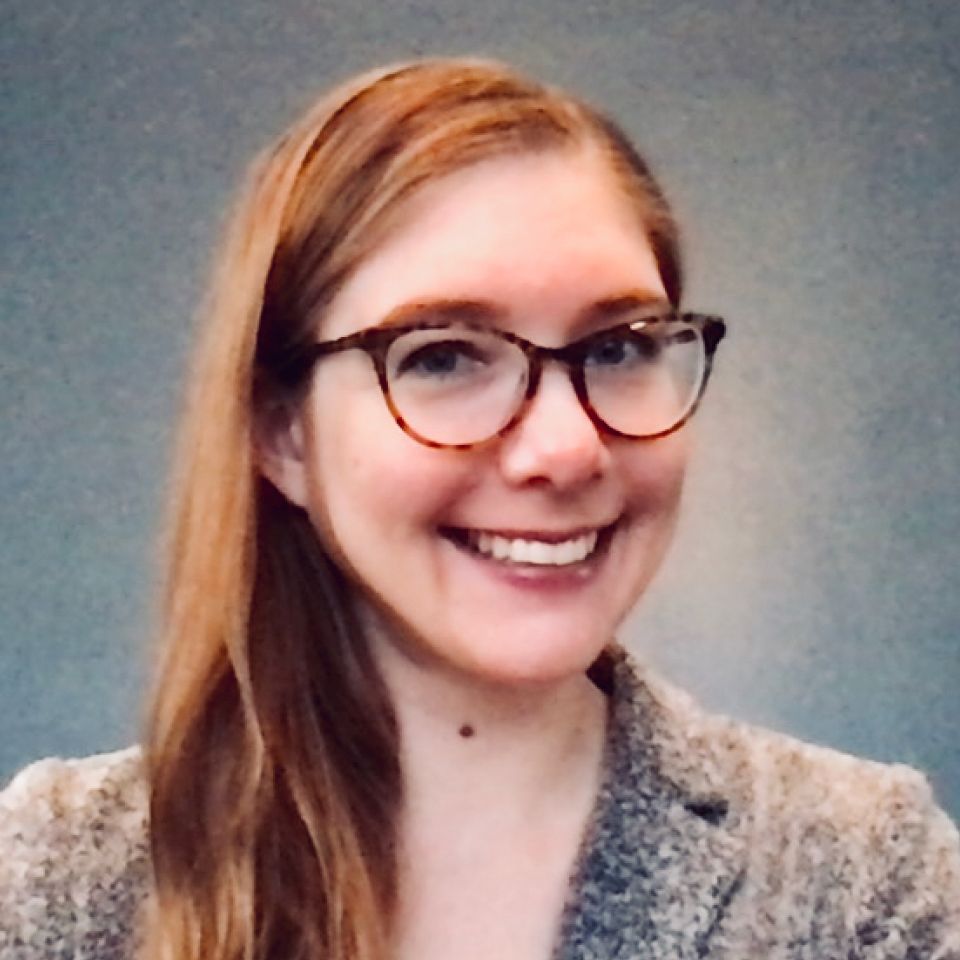
Rose Kennedy
Department of Chemistry, University of Rochester
Discipline: Chemistry
Catalysis plays a crucial role in chemical discoveries in biomedicine, agriculture, energy, and more, but can rely on unsustainable use of precious metals and generate substantial chemical waste. The Kennedy lab is developing catalytic methods by using sustainable and terrestrially abundant elements to “borrow” functional groups ubiquitous among biomolecules. This approach targets traceless and waste-free molecular diversification and offers a transformative alternative to wasteful chemical synthesis practices.

Harriet Lau
Department of Earth and Planetary Science, University of California, Berkeley
Discipline: Geosciences; Geophysics
The Earth evolves slowly—with its crust warping due to the waxing and waning of ice sheets and mantle convection over thousands to millions of years. Lau investigates these global scale processes, from the mantle to the crust, to better understand the implications of Earth’s broad spectrum deformation on our past and future climate.

Tian Li
School of Mechanical Engineering, Purdue University
Discipline: Engineering – Civil or Mechanical
High-performing sustainable materials are key to developing carbon-neutral technologies. The Li group is redesigning natural materials, like wood, in order to establish a toolbox of materials for sustainable solutions for the carbon drawdown, across energy, water, environment and devices.

Jeffrey Markowitz
Department of Biomedical Engineering, Georgia Institute of Technology
Discipline: Neuroscience; Engineering – Chemical or Biological
How the brain orchestrates complex behaviors is a mystery. The Markowitz lab seeks to advance the way we study brain activity in freely moving animals, by developing technologies that can precisely control brain activity and also quantify behavior.

Kara McKinley
Department of Stem Cell and Regenerative Biology, Harvard University
Discipline: Biological Sciences
The human uterine lining (endometrium) is destroyed and rebuilt every month at menstruation. The McKinley lab studies how the endometrium accomplishes this remarkable, repeated regeneration with the goal of improving care for people with endometrial diseases and/or menstrual experiences that interfere with their quality of life.

Carl Rodriguez
Department of Physics, Carnegie Mellon University
Discipline: Astronomy, Astrophysics, Cosmology; Physics
Stars are not fixed on the night sky; they move under the gravitational pull of every other object in the Universe. The Rodriguez Group works to computationally model how these collective forces conspire to create the Universe we see, from the structure of binary stars, stellar clusters, and galaxies, to the violent explosions and gravitational waves unleashed by colliding neutron stars and black holes.

Zachary Ross
Seismological Laboratory, California Institute of Technology
Discipline: Geosciences
Large, damaging earthquakes occur within the context of millions of much smaller events that happen every few seconds for months to years. The Ross group studies the dynamics of these earthquake sequences and uses them to reconstruct detailed images of the fault zones and volcanoes that produce them.
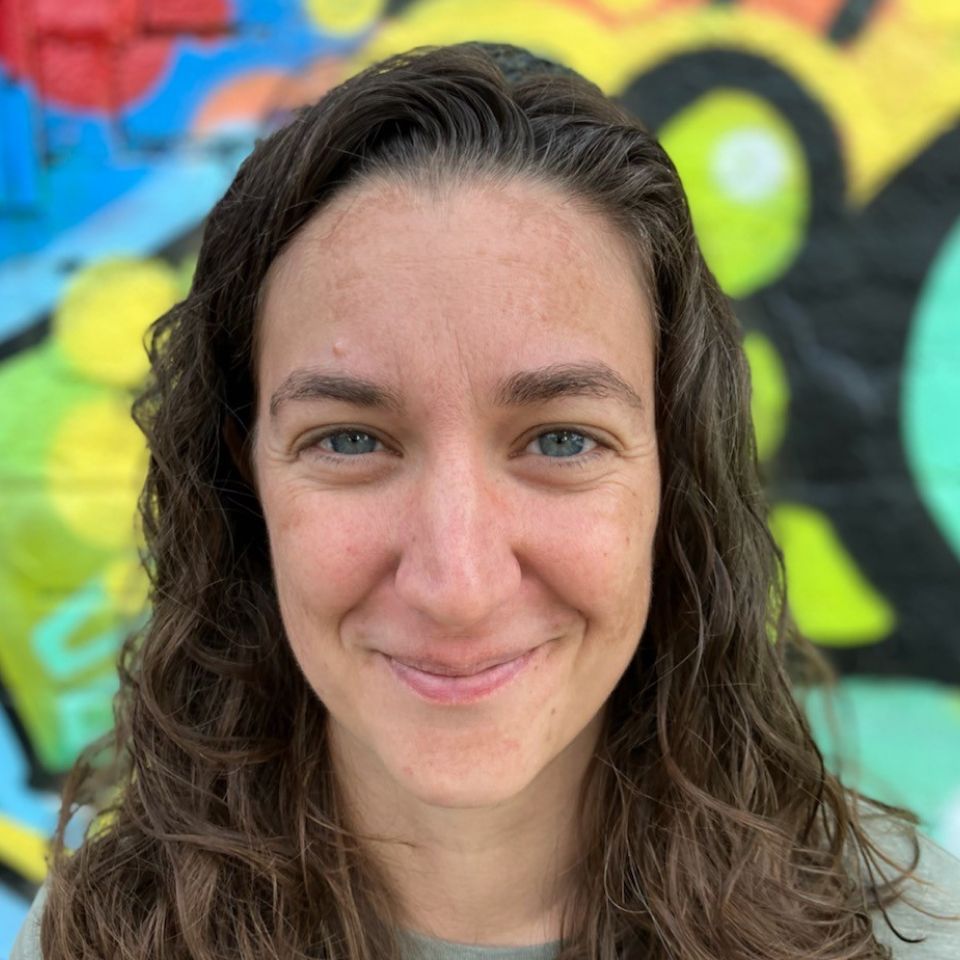
Evan Schneider
Department of Physics & Astronomy, University of Pittsburgh
Discipline: Astronomy, Astrophysics, Cosmology
Modeling galaxies requires simulations that capture an enormous range of physical scales. Using a GPU-powered code and the world’s fastest supercomputers, the Schneider group is simulating galaxies with greater clarity than ever before, to answer fundamental questions about the origins and fate of these building blocks of the Universe.

Marcel Schreier
Department of Chemical and Biological Engineering, University of Wisconsin-Madison
Discipline: Engineering – Chemical or Biological; Chemistry
The increasing availability of renewable electricity provides an opportunity to promote CO2-intensive industrial chemical syntheses using clean energy. It also generates a need for new methods to store electricity. The Schreier group addresses these challenges by developing electrocatalytic pathways to make and transform chemicals and fuels using clean electricity.

Wyatt Shields
Department of Chemical and Biological Engineering, University of Colorado Boulder
Discipline: Engineering – Chemical or Biological; Materials Science, Nanotechnology
Microscale robots may serve as one of the greatest advancements of this century, with broad implications in medicine and manufacturing, but they are cumbersome to fabricate. The Shields lab is addressing this challenge by making dexterous microscale robots from the assembly of multifunctional building blocks.

Danielle Speller
Department of Physics and Astronomy, Johns Hopkins University
Discipline: Physics
Outstanding questions surrounding missing mass in the universe and the behavior of fundamental particles hint that our understanding of particle physics is incomplete. The Speller Lab searches for new particles and never-before-seen radioactive decays using novel detection techniques to understand the origins and interplay of matter and light.

Sho Takatori
Department of Chemical Engineering, University of California, Santa Barbara
Discipline: Engineering – Chemical or Biological
Through the magic of active matter, which converts chemical energy into mechanical work, biology solves a myriad of seemingly impossible physical challenges. The Takatori lab advances new fluid mechanics models to direct the flow of matter enabled by “living” molecules found within biological systems.
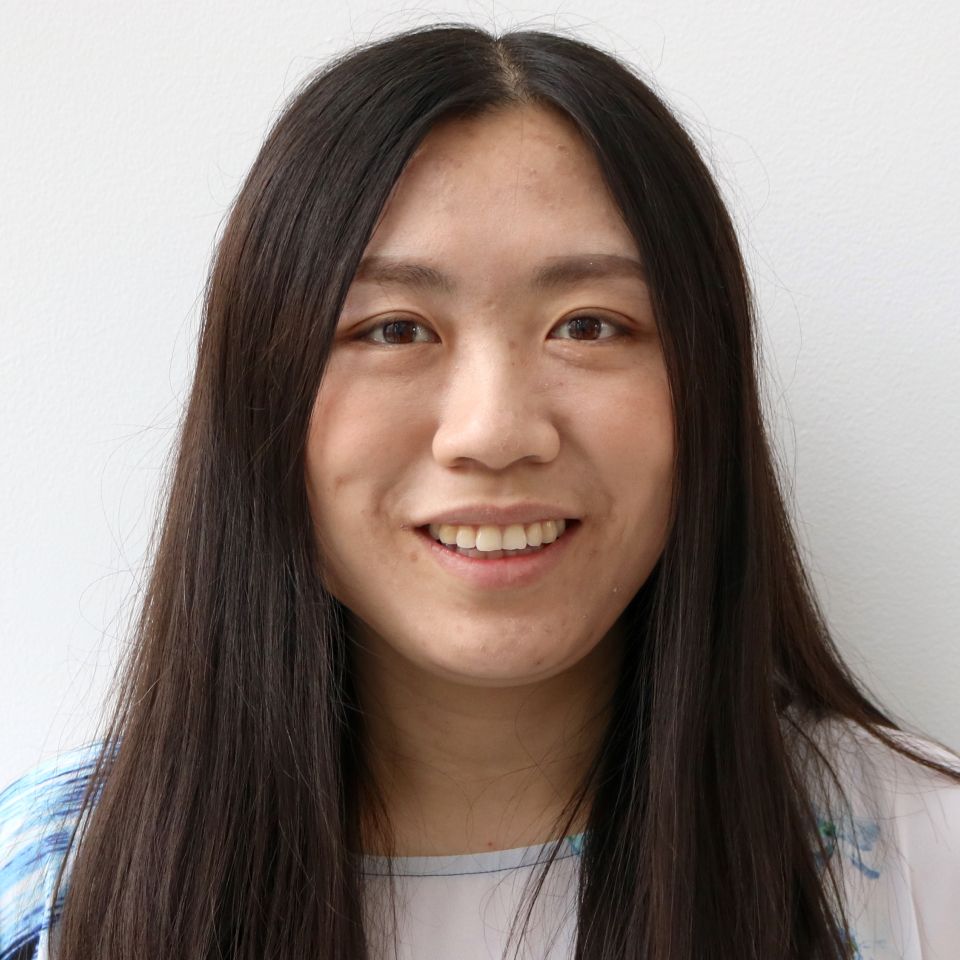
Weixin Tang
Department of Chemistry, University of Chicago
Discipline: Chemistry
Directed evolution mimics the process of natural selection and enables researchers to isolate molecules with tailor-made properties. The Tang lab is developing a mammalian biology-compatible, adaptation-ready directed evolution strategy to isolate biomolecules for therapeutic discovery.

Xiao Wang
Department of Chemistry, Massachusetts Institute of Technology
Discipline: Chemistry; Engineering – Chemical or Biological; Biochemistry
RNA is the body’s most effective messenger—carrying biological information from DNA to instruct protein synthesis. The Wang lab develops and applies state-of-the-art chemical and biophysical tools to chart cellular RNAs from birth to death and to understand how the RNA life cycle serves biological functions.

Brian Weeks
School for Environment and Sustainability, University of Michigan
Discipline: Ecology, Evolutionary Biology
Humans are changing the climate at an unprecedented rate, and the ways that species adapt to these novel conditions will fundamentally reshape ecosystems. The Weeks lab uses museum specimens and field biology to understand how bird morphology responds to changing temperatures and to develop broader understanding of biotic responses to global climate change.

Dianne Xiao
Department of Chemistry, University of Washington
Discipline: Chemistry; Materials Science, Nanotechnology
For decades, crude oil has served as the primary energy source for the chemical industry. The Xiao lab develops porous architectures that can take advantage of sustainable feedstocks, interface with renewable electricity, and help spearhead the shift from petroleum-centered paradigms to more sustainable alternatives.
